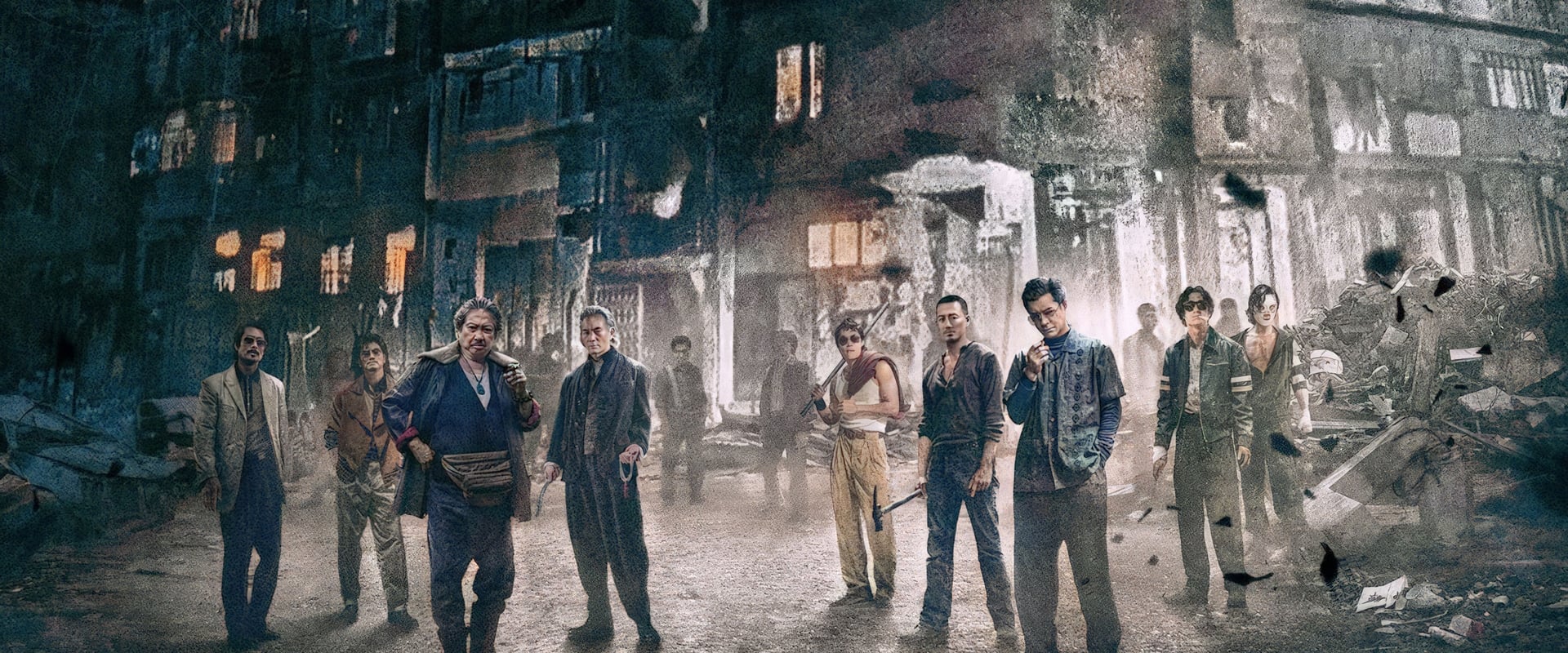Dev Patel, that gangly charmer who skip-traced his way into our hearts in “Slumdog Millionaire,” comes roaring through (or is it swinging through?) with his directorial debut, “Monkey Man,” and I have to admit, I went in with my soft spot for him already exposed. But what I found wasn’t just a talented actor flexing his new muscles—it was Patel unleashing a ferocious, turbo-charged vision, as if he’d been storing years of performance energy in his bones and it finally detonated behind the camera. What a high.
From the first electric sequence, when Patel’s direction pounces, mixing bone-crunching action with the bruised poetry of a late-night confession, I knew this wasn’t just another glossy, faux-profound action movie churned out by committee in Burbank. He sets up his tragic hero—a young man haunted by wounds so raw you can almost smell the blood—like a director who remembers what pain can do to a movie audience: it can unite us in the dark. The thrills, the rage, the sweaty, animal longing for justice—the concoction is intoxicating.
If you want a straight action thriller, “Monkey Man” delivers, but this thing thrums with layers: vengeance, resilience, the daily betrayals that grind people into street dust in a corrupt society. Patel doesn’t just choreograph fight scenes—he carves out a battleground for the soul. The film’s emotional undertow drags you under, and you come up gasping, still wanting more.
The opening, shot in a lost-green Indian forest, is tender and sly. Patel’s “Kid” is cradled by his mother’s Hanuman stories—a mythic life raft in a hostile sea. But when the brute in a uniform, Rana Singh, carves through their idyll like a meat cleaver, it’s not just melodrama: it’s a punch in the gut. The mother’s love is a shield, and her death is the crack that lets the storm in. The trauma lands, heavy as monsoon rain, and Patel doesn’t flinch. You feel the guilt chase "Kid" into adulthood, the way only someone who grew up with relatives retelling grief as folklore can understand.
Once Patel’s grown-up Kid plunges into the world of illegal fighting—a simian avenger in the underworld’s ring—the transformation is exhilarating and sad. He’s the “Monkey Man,” but this isn’t some Marvel-origin montage. It’s closer to Kurosawa than Capes & Cowls. There’s no swagger here, only the grind of survival and the purity of revenge honed like a blade. Watching him double between masked brawler and aching son, I found myself rooting for his very soul, not just his fists.
Visual storytelling—what a phase that’s become, hollowed out by marketers—but here it means something. The film looks sweaty, tactile, fevered. The camera staggers through Mumbai’s chaos with the same shellshock as its hero. You catch the sodium glare of the streets, the gentle shadow-havens of old temples, every frame an invocation. It’s not just a pretty travelogue: it’s lived-in, aching. Patel frames the mayhem with desperation, but also beauty—Indian culture isn’t a lentil garnish, it’s the blood in the film’s veins.
And who else would have paired the nerve-jangling cameras with a haunted, thrumming soundtrack that drifts through memory and battle like a ghost chorus? The pounding crescendos catch your breath. Every shot synthesizes color, sorrow, and the battered hope of men and women who keep fighting anyway.
Patel’s Kid is a many-layered animal, all hunted eyes and primal drive. Even when you want to shake him, you find yourself haunted by his grief. There’s not an ounce of showbiz preening in the performance; all weakness and ferocity, the way only an actor who’s faded in and out of the spotlight can pull off.
But let’s not skip the villains. Sikandar Kher’s Rana isn’t a moustache-twirler—he’s the monstrous engine of corruption, etched with just enough oily charm to make your skin crawl. And Pitobash’s Alphonso, the friend-loyalist, manages to sneak tenderness into the film’s adrenalized pacing—a little pulse that reminds us, thank god, that some ties can’t be broken even by all the rot of city life. Sobhita Dhulipala’s Sita does the heavy lifting for every woman steamrolled by power; her toughness and pain radiate in a few short scenes.
It’s easy to get drunk on violence when movies treat action as a carnival sideshow, but Patel uses violence as a kind of exorcism. Yes, the choreography owes a direct line to “John Wick,” but every knuckle and broken jaw isn’t just for “wow” effect; it’s the animal will to avenge, to survive, to say “I matter” when the world says you don’t. The fight scenes are kinetic opera set to the rhythm of spiritual devastation. The big throwdowns, sparking against the chaos of Diwali, are as messy and ecstatic as a festival that doesn’t care who you lost along the way.
Those final bursts of violence ache with meaning—every blow is penance, every leap an act of faith. This is a film that remembers how action can still be about the battle for a wounded self, not just a high-score tally for bored teenagers.
By the credits, “Monkey Man” left me exhilarated—and bruised. Patel’s first outing as a director is no feel-good pat on the back. He’s got his own thing: high-tempo assault wedded to a poetic, bruised heart. The performances bite, the visuals seethe, the music aches and rages beneath.
What you remember isn’t just the plot (which—let’s face it—could be sketched in two sentences on a cocktail napkin), but the tenacity: the film’s refusal to let rage and sorrow be ornamental. “Monkey Man” is a blistering exorcism—of loss, of graft, of every quiet injustice you keep telling yourself to just bear. Patel’s future behind (and in front of) the camera? If he keeps swinging from truth as savagely as he does here, I’ll line up again, bruises and all.
So here’s a movie that doesn’t just thrill—it hurts, it sings, it tears you open. Miss it and you’re missing what movies can still do: leave you not just entertained, but shaken. Patel has arrived, and he brought the whole jungle with him.


